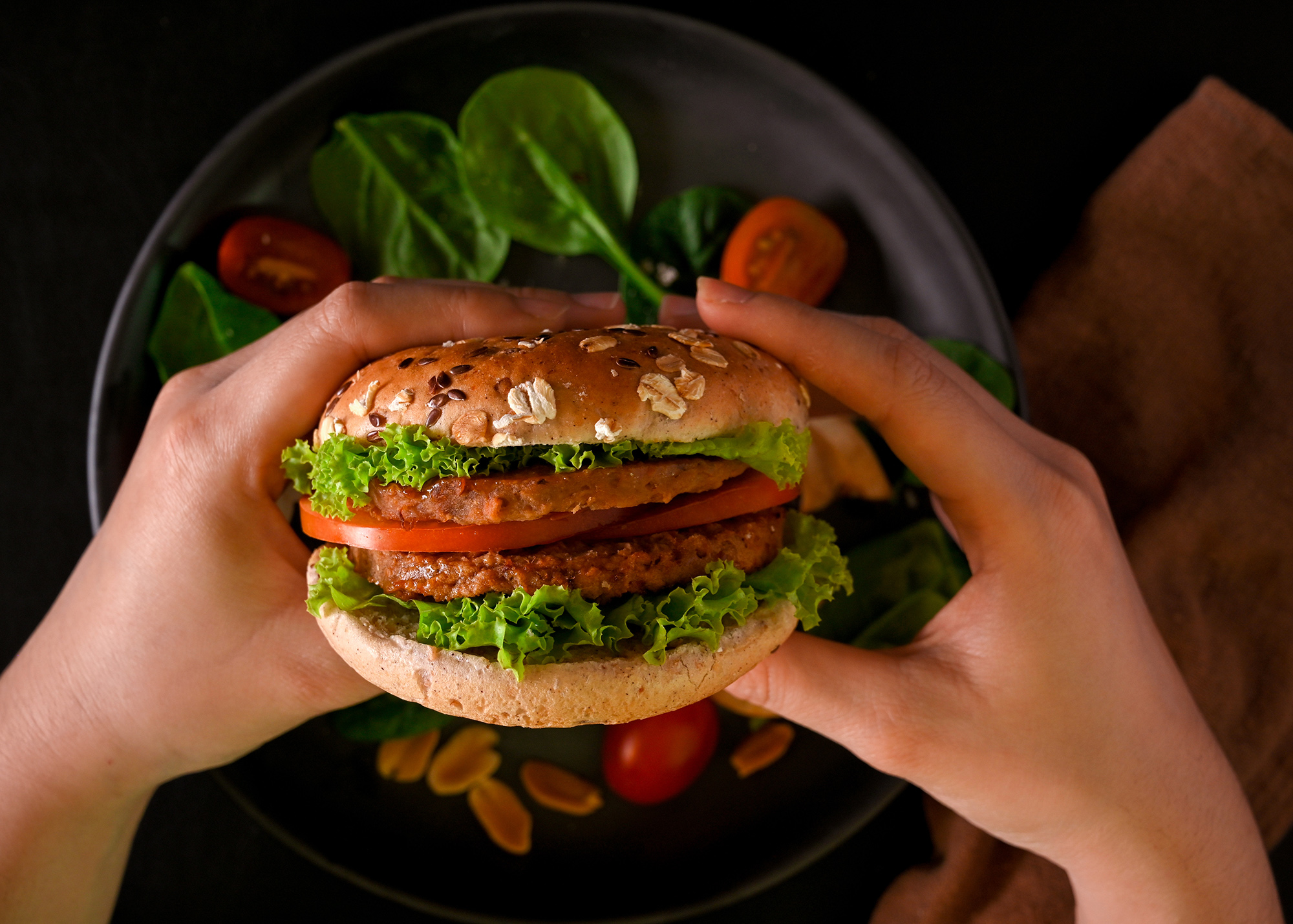

Wageningen researchers find Dutch protein intake remains adequate when plant-based meat replaces animal meat
A comprehensive dietary modeling study by researchers at Wageningen University has found that most Dutch adults would continue to meet recommended protein intake levels even if all animal meat in their diets were replaced by plant-based meat alternatives (PBMAs). The study, published in Current Developments in Nutrition, modeled the effects of a full substitution of meat with PBMAs, taking into account not just total protein, but also amino acid content and digestibility.
Using data from the Dutch National Food Consumption Survey (2012-2016), the team analyzed food intake from 1,633 participants aged 18 to 70. Researchers calculated 'utilizable protein' per meal – an approach that reflects how effectively protein is digested and used by the body – and assessed how well the Dutch population would meet the estimated average requirement (EAR) for protein, set at 0.66 grams per kilogram of body weight per day (g/kg/day).
In the current Dutch diet, which derives 59% of total protein from animal sources, 93% of adults meet the utilizable protein requirement. When all animal meat was replaced gram-for-gram with PBMAs currently available on the Dutch market, this adequacy dropped slightly to 86%.
“Replacing all meat with meat alternatives decreased the intake of animal protein from 59% to 36%, median total protein intake from 1.14 to 1.09g/kg/day, and median utilizable protein intake from 0.94 to 0.86g/kg/day,” the authors noted. “Protein adequacy fell from 93% to 86%.”
The findings suggest that while a complete shift to plant-based meat would lead to a modest reduction in protein adequacy, most adults would still meet their daily needs, provided that plant proteins are consumed in sufficient quantity and variety.
The study also evaluated several alternate scenarios. One scenario increased the protein content of PBMAs to match that of meat (18.8g/100 g versus the current average of 15.4g/100 g), which improved adequacy to 90%. Another scenario lowered digestibility to levels typical of whole legumes (75%), reducing adequacy to 81%.
The researchers also modeled PBMAs made from specific protein sources – soy, pea, wheat, and mycoprotein (fungal protein) – at different protein concentrations (10% and 25%). PBMAs made with soy or mycoprotein at 25% protein content achieved adequacy levels of 96% and 94%, respectively, while 25% wheat-based PBMAs resulted in only 81% adequacy due to lysine deficiencies. Lysine was found to be the limiting amino acid in most scenarios.
“Protein adequacy was mostly impacted by total protein content, lysine content, and protein digestibility of the meat alternatives,” the authors wrote. They emphasized that “when plants are the primary source of protein, proteins should come from a variety of sources to ensure sufficient lysine.”
Notably, mycoprotein, despite its lower digestibility (78%), still supported high protein adequacy due to its rich lysine profile. This highlights how amino acid composition can offset lower digestibility in some plant-based proteins.
The study further revealed differences in protein adequacy by sex: in the current Dutch diet, 96% of males and 89% of females had adequate utilizable protein intake. This pattern remained consistent across all scenarios, with no significant differences found between age groups.
The researchers argue that while PDCAAS (protein digestibility-corrected amino acid score) is widely used to assess protein quality, it did not consistently predict diet-wide protein adequacy in this study. Instead, the specific characteristics that determine PDCAAS – such as lysine levels and digestibility – proved more informative.
While the study focused solely on protein intake, the authors acknowledged that substituting meat with PBMAs could affect intake of other nutrients, both positively and negatively. Previous studies have shown that plant-based meat products may improve fiber and saturated fat profiles, but could result in lower intakes of vitamin B12, iron, and zinc unless fortified.
“Individuals consuming PBMA may also make other dietary choices beyond simply replacing animal meat,” the authors noted. This underscores the need to study PBMA consumers' broader diets to inform public health recommendations.
By modeling a full replacement scenario, the research intentionally examined a 'worst-case' diet shift. In reality, most people adopting plant-based foods will likely do so gradually, often continuing to consume animal products such as dairy and eggs. These flexitarian patterns would likely yield protein adequacy levels between the current 93% and the modeled 86%.
The researchers concluded that in a Western European context, moving toward a diet lower in animal protein – if supported by high-protein plant-based products with good digestibility and amino acid profiles – would still allow the majority of the population to meet their daily protein needs. For individuals relying heavily on plant sources, the key is to focus on variety and quantity, ensuring enough lysine and overall protein are consumed.
If you have any questions or would like to get in touch with us, please email info@futureofproteinproduction.com


-p-800.jpg)



